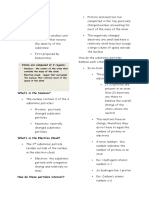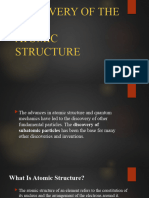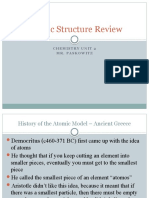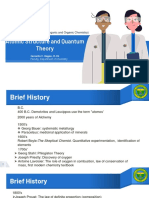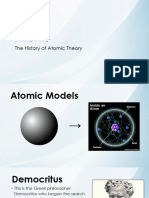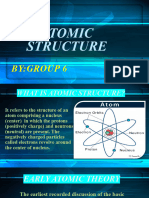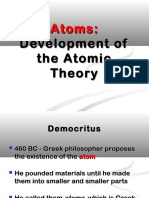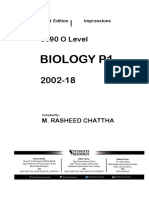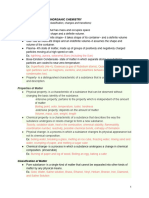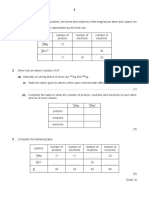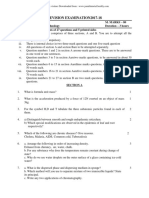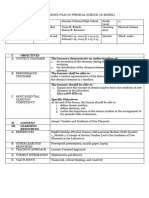0% found this document useful (0 votes)
49 views32 pagesAtomic Structure: Presented By: Syed Arham
Atomic structure consists of protons, neutrons, and electrons. Protons and neutrons are located in the nucleus at the center, while electrons orbit around the outside. Rutherford discovered the nucleus through deflection experiments. Bohr proposed electrons orbit in fixed energy levels. Later models show electrons as existing in electron clouds around the nucleus rather than defined orbits.
Uploaded by
Syed ArhamCopyright
© © All Rights Reserved
We take content rights seriously. If you suspect this is your content, claim it here.
Available Formats
Download as PDF, TXT or read online on Scribd
0% found this document useful (0 votes)
49 views32 pagesAtomic Structure: Presented By: Syed Arham
Atomic structure consists of protons, neutrons, and electrons. Protons and neutrons are located in the nucleus at the center, while electrons orbit around the outside. Rutherford discovered the nucleus through deflection experiments. Bohr proposed electrons orbit in fixed energy levels. Later models show electrons as existing in electron clouds around the nucleus rather than defined orbits.
Uploaded by
Syed ArhamCopyright
© © All Rights Reserved
We take content rights seriously. If you suspect this is your content, claim it here.
Available Formats
Download as PDF, TXT or read online on Scribd
/ 32


